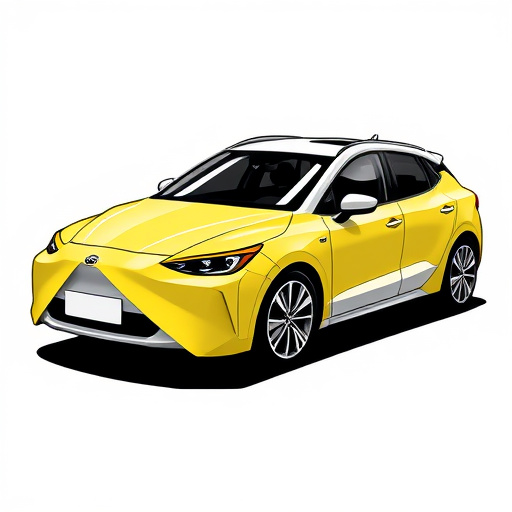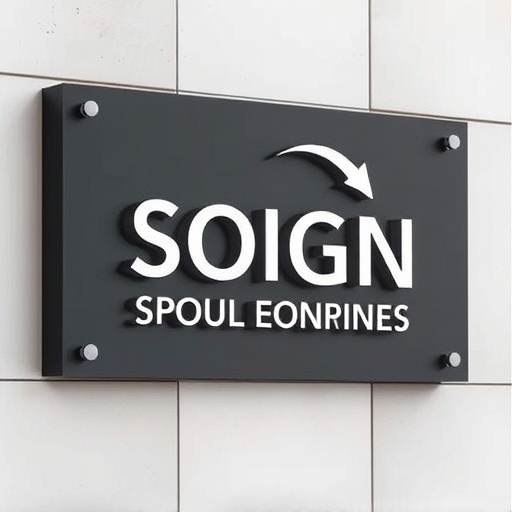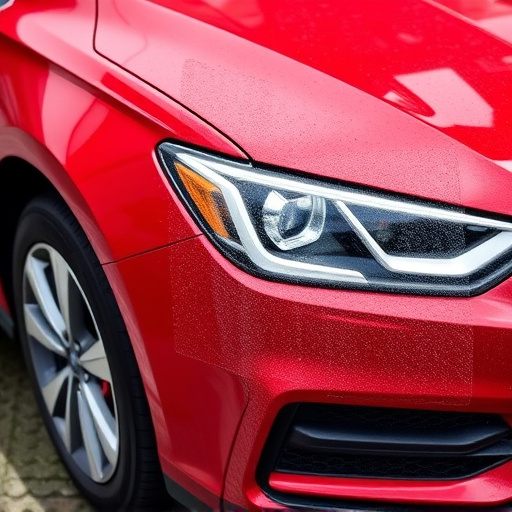Before creating a logo, define your brand identity and target audience. Research competitors for industry insights and unique differentiation. Choose color palettes and typography that align with your brand and resonate with your audience. Balance creativity and readability for a recognizable, impactful logo in marketing materials.
Creating a logo is more than just designing an image; it’s crafting a visual representation of your brand identity. In this guide, we’ll walk you through the essential steps in the logo design creation process. First, understand your brand’s core identity and values. Research your target audience and competitors to gain insights and differentiate yourself. Explore color palettes and typography that align with your brand personality. By considering these elements, you’ll create a logo that effectively communicates your brand’s essence and leaves a lasting impression.
- Understand Your Brand Identity and Values
- Research Target Audience and Competitors
- Choose Color Palettes and Typography Effectively
Understand Your Brand Identity and Values
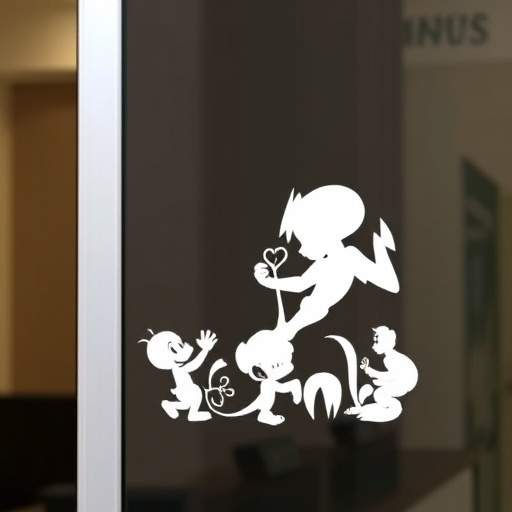
Before beginning the logo design creation process, it’s essential to have a deep understanding of your brand identity and values. Your brand is more than just a name or a logo; it represents the essence of your business and what makes it unique. By clearly defining these aspects, you provide a solid foundation for designers to build upon. Think about the core principles that drive your company—whether it’s sustainability, innovation, or customer satisfaction—and ensure these resonate through every visual element of your brand.
This awareness is particularly crucial when considering custom graphics and car customization. For instance, if your brand revolves around window tinting, the logo should subtly convey this service while aligning with your values. A well-crafted logo design doesn’t just showcase aesthetics; it tells a story about who you are as a brand and what you stand for, making it an integral part of your marketing strategy in fields like car customization.
Research Target Audience and Competitors
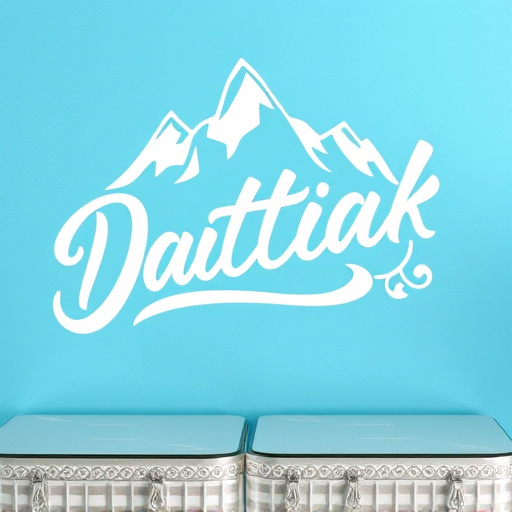
Before putting pencil to paper (or cursor to design software), it’s crucial to conduct thorough research on your target audience and competitors. Understanding your audience is key; their preferences, values, and even their pain points will shape the message and aesthetics of your logo. This knowledge ensures the final design resonates with your intended market, fostering a stronger connection and brand recognition.
Competitor analysis is another vital aspect. Studying existing logos within your industry or niche allows you to identify trends, unique selling propositions, and gaps in the market. By understanding what works (and doesn’t work) among competitors, you can create a logo that stands out, whether it’s through a fresh perspective on an iconic symbol or a novel approach to typography, especially relevant in realms like car customization, vehicle wraps, and professional PPF installation where visual appeal and differentiation are paramount.
Choose Color Palettes and Typography Effectively
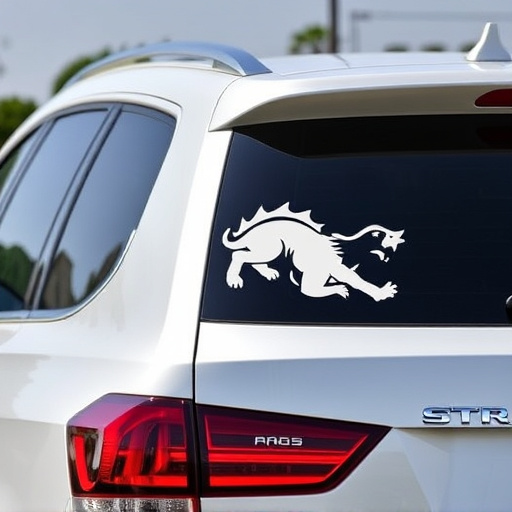
In the logo design creation process, selecting the right color palettes and typography is crucial for a visually appealing and impactful brand identity. Colors evoke emotions and convey messages subconsciously, so it’s essential to choose a palette that aligns with your brand’s personality and target audience. Consider the psychological impact of colors; warm tones like red and orange can signify energy and passion, while cool hues like blue and green often represent calmness and trust. Typography, on the other hand, is the backbone of your logo, carrying the visual weight of your brand name. The font choice should reflect the nature of your business—modern scripts for creative ventures or geometric sans-serifs for tech companies. A well-thought-out combination of colors and typography will ensure your logo stands out, especially when considering enhancing it through additional branding elements like vinyl wraps, paint protection film, or ceramic coating.
Effective color and typographic choices will not only make your logo visually appealing but also facilitate brand recognition. They should be consistent across all marketing materials to build a strong, unified brand image. During the design process, maintain a balance between creativity and readability, ensuring that your logo is instantly recognizable even when reduced to small sizes. Remember, these elements are the first point of contact with potential customers, so they must leave a lasting impression.
During the logo design creation process, understanding your brand identity, researching target audiences and competitors, and strategically choosing color palettes and typography are essential steps. These considerations not only ensure your logo stands out but also effectively communicates your brand’s core values to your intended audience. Remember, a well-crafted logo is a powerful visual representation of your business, setting the tone for how you’re perceived in the market.











